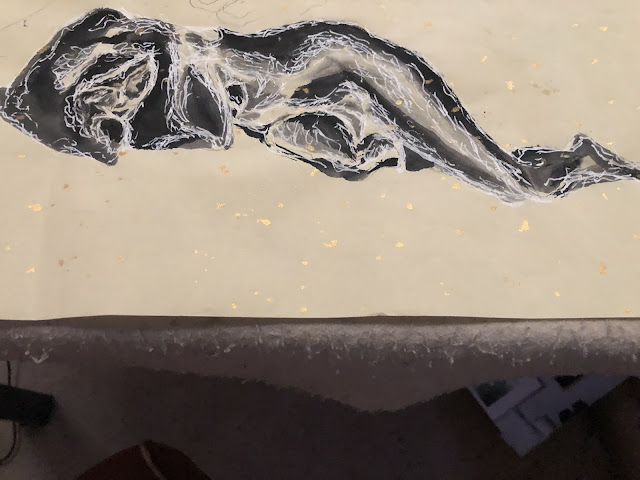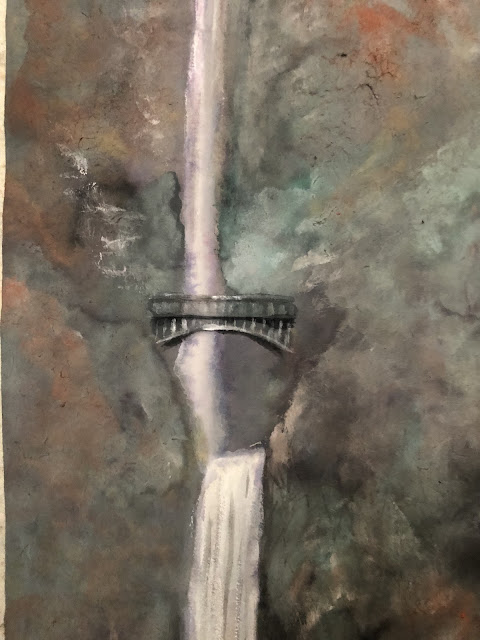"There's a man who leads a life of danger, to everyone he meets he stays a stranger. With every move he makes another chance he takes, odds are he won't live to see tomorrow. Secret agent man, secret agent man"
Those are the lyrics of Johnny Rivers' song "Secret Agent Man".
For someone who speaks English, those lyrics make sense, especially on paper. However, once the lyrics are mixed with music tracks and whatnot, some of those words get obscured, especially for a non-native English speaker.
As I was growing up in Hong Kong listening to "pop" songs, I was more enamored with the melody and rhythm of a song, and lyrics often didn't mean much, not unless it was a slow love ballad. Mostly because I didn't understand or couldn't figure out the words.
Thus for the longest time Johnny Rivers song became the "Secret Asian Man" for me. All I could hear was the refrain "secret Asian man, secret Asian man". Those were the only phrases I could sing along with to the transistor radio broadcast. Frankly I didn't care why he was singing about a secret Asian man.
Fast forward 50 years I come across an old song that I loved "Whiter Shade Of Pale" by Procol Harum. Now that my English proficiency is better than 50 years ago, I am now listening with a lot of curiosity and wanting answers; aside from the usual attraction of melody and chord changes. First off I still don't see any connection of this song with Air on a G string. I just don't understand how this work can be eponymous with Bach. Then words like "miller" told his story, and 16 Vestal Virgins intrigued me. What was Keith Reid trying to obfuscate?
Fortunately I have these avuncular search engines that never scoff at my ignorance. I am being taken down the rabbit's hole. At the end of the day, I am no closer to comprehending the meaning of the song, but at least I can understand the references. I find myself being teased with the idea of painting the 16 Vestal Virgins.
For some reason my mental image of virgins are more in line with nude figures than what the Holy Book portrayed, but that's another topic. So if I am to proceed with this "tease", how am I going to approach it.
I am immediately faced with two challenges: I've not studied painting of a human body and how do I walk the fine line of nudity and obscenity. I recall watching a presentation of some movie director and he alluded to the same dilemma when filming scenes with nudity. His answer was in the lighting. He went into great depth as to how he orchestrated the shadows and highlights and staged them on the human body in such a way that one would not hesitate to watch that movie with their parents.
I am going to try my best to eschew vulgarity. I wonder if the inclusion of a sieve as a prop could validate my noble intent, since it is often associated with the magical power of the Vestals.
I had received some antique colored Xuan paper with golden flakes as a present, so I am going to use that as my inaugural paper for my Vestals painting.
I try to fine tune the hash marks a little, especially relative to the dark background. I am trying to strike a balance between a representational form and a somewhat abstract rendering of that form. I don't know, to make it more wholesome??? If this works, I shall continue to build on this painting.
I know this is somewhat a departure from what I usually do, but the kid in me urges me to be a bit sophomoric. For now I'll give myself a chance to ruminate on that possibility.


































